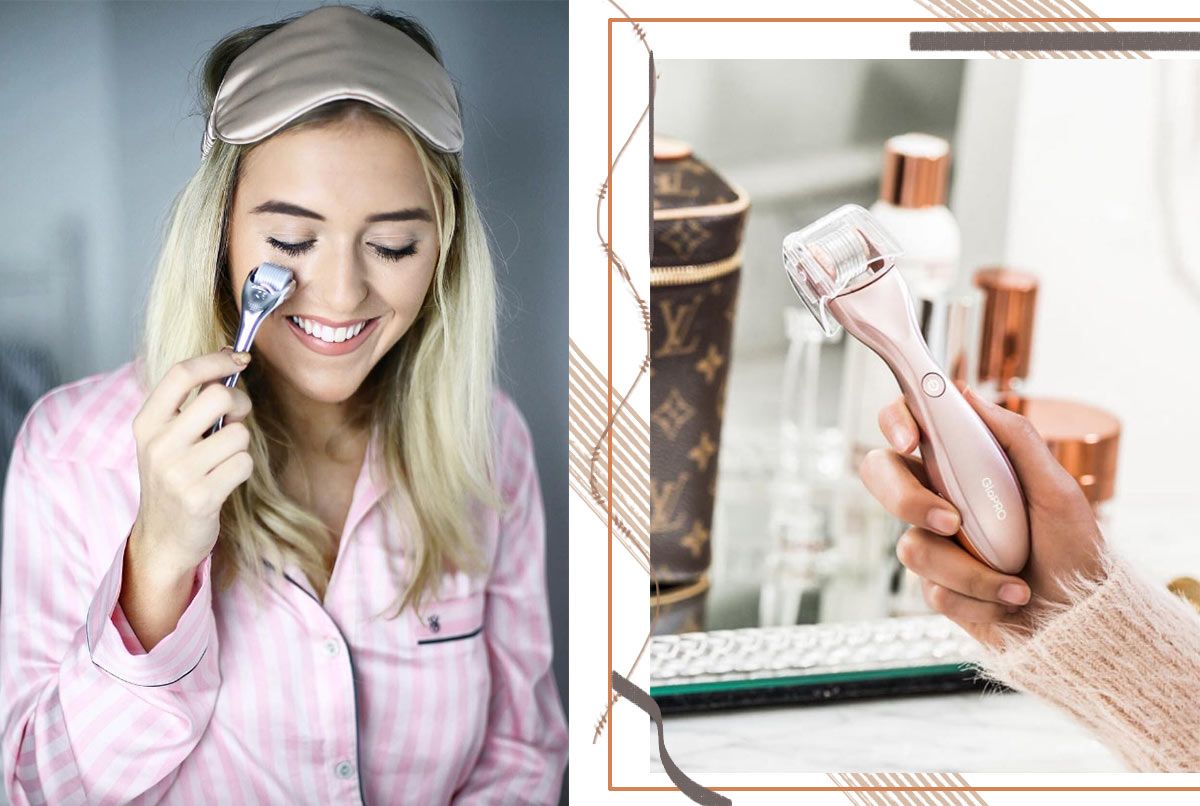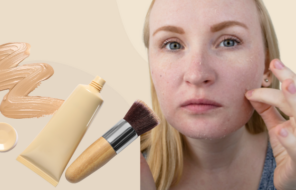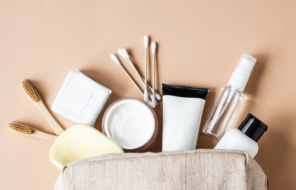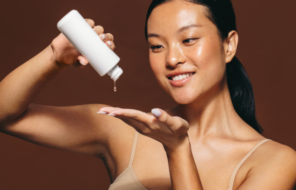Microneedling has become one of the skincare world’s most popular treatments. As it turns out, tiny needles can hold a lot of power with the ability to rejuvenate the skin at a deep level. Whether done by a professional or at home with a high-quality derma roller, it’s clear that microneedling has real, profound effects on some of the hard-to-treat skin concerns, like scars and wrinkles.
But if the idea of puncturing your skin with needles gives you pause, you’re not alone. For this microneedling review, we interviewed a few experts to better understand the procedure, including how it works, its potential benefits, and what safety details you should keep in mind before trying it for yourself.
What is microneedling?
Microneedling refers to a category of treatments that stimulate skin rejuvenation with thin sharp needles. It includes everything from the basic derma roller you can use at home to highly advanced instruments utilized by medical professionals in clinics.
“Historically, it was known as percutaneous collagen induction therapy,” Dr. Denise Wong, a plastic surgeon at Wave Plastic Surgery, explained. “[It] uses mechanical energy to treat aging skin and improve the appearance of acne scars, stretch marks, fine lines, wrinkles, and other skin conditions.”
The tiny needles poke into the skin, creating micro-wounds that trigger the skin’s healing mechanism and, in that process, induce up to a 400% increase in collagen. Needle depth also matters, though — different processes occur at different levels of the skin, so it’s crucial to select a needle depth that corresponds with your specific concern.
The benefits of microneedling
There’s so much that microneedling can do for your skin. Here’s a quick review of the main benefits, according to research.
Scarring
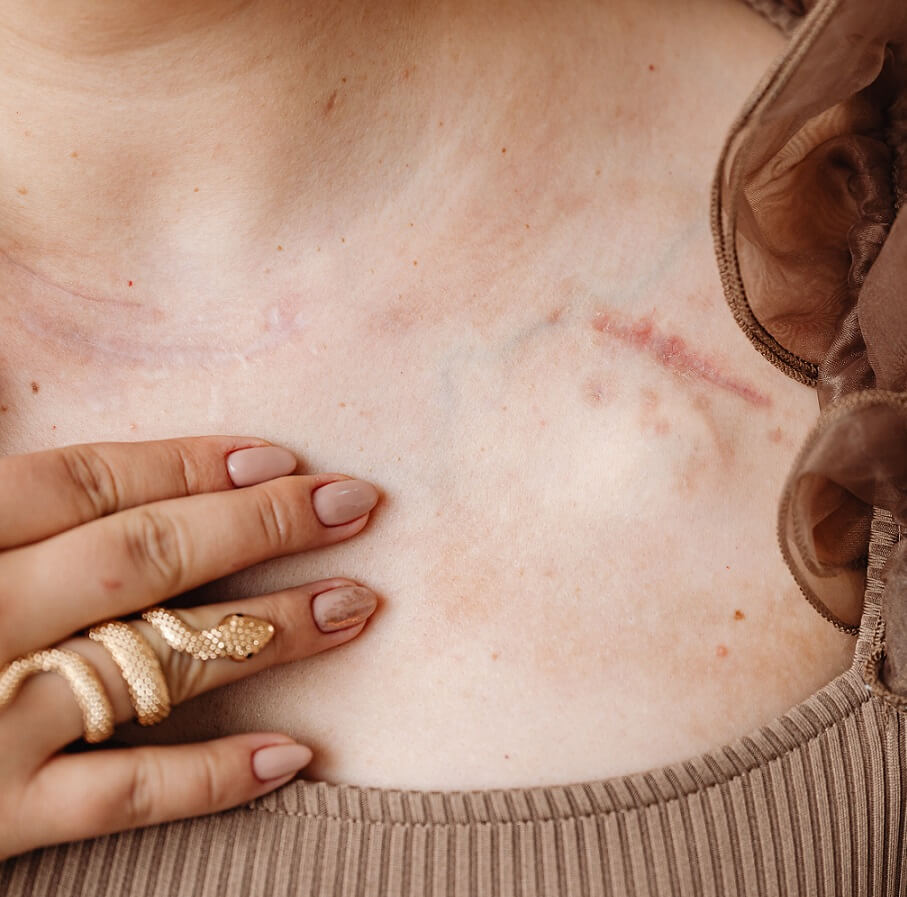
Microneedling can be used as a treatment for scarring, which is notoriously difficult to reduce or eliminate. As Dr. Wong explained, microneedling helps through collagen induction and neovascularization (i.e., the production of new blood vessels).
This effect is well backed by research, including a 2020 study that showed that microneedling could reduce the severity of different types of scars by at least 50%. To actively see benefits, the needles need to be at least 1.5 millimeters long, which is longer than we’d recommend for home use.
That said, microneedling isn’t recommended for keloid scars, a type of raised scar (that often develops after a piercing). If you’re prone to developing keloids, you may want to avoid microneedling altogether.
Anti-aging
By stimulating new collagen formation, microneedling can help reverse signs of skin aging, like fine lines, wrinkles, and even skin laxity. After all, collagen reduction is one of the key culprits behind the loss of skin firmness and the formation of wrinkles.
If you’d like to try microneedling as an anti-aging treatment, 0.5 millimeters is the shortest length needed for collagen induction, although going up to 0.75 to 3.0 millimeters will result in more dramatic effects. Smaller 0.1 to 0.2-millimeter needles can help by boosting the impact of your anti-aging face products.
Hair loss
One of the most exciting things microneedling can do is combat hair loss — whether facial or on your head. It’s not comparable to a full-on hair transplant, but it can help stimulate some hair growth when combined with topical hair loss treatments, like minoxidil.
Microneedling acts as a drug delivery enhancement method, allowing minoxidil to reach deeper and closer to the hair follicle, where it can reverse alopecia. One study showed promising results even with relatively short 0.6-millimeter microneedles.
Pigmentation
Microneedling — while not yet studied as a stand-alone hyperpigmentation treatment — can boost the effects of other skin-brightening treatments, like tranexamic acid, vitamin C, or hydroquinone.
Most hyperpigmentation and microneedling studies focus on melasma, using needles between 0.5 and 1.5 millimeters. However, one case study on hyperpigmentation around the eyes showed results with shorter 0.25-millimeter needles.
Those with deeper skin tones might have a difficult time finding solutions to hyperpigmentation since, as Wong explained, the heat from laser therapy can cause post-inflammatory hyperpigmentation all on its own. “Microneedling doesn’t induce heat, so it can be used as an alternative,” she said.
Product absorption
Our stratum corneum (e.g., the very top layer of the skin) is a powerful barrier, so most skincare products don’t penetrate past it. With most moisturizers and serums, this is perfectly fine since a more hydrated stratum corneum looks and feels smooth and strong.
By creating those microchannels in the skin, microneedling can improve product absorption. It helps active skincare ingredients penetrate to levels of the skin where they can have greater effects. That’s why so many studies on the benefits of microneedling combine it with topical treatments.
Stretch marks

Stretch marks on the body are tough to treat because they’re basically scars that form under the skin after rapid changes in size. Microneedling can effectively reverse or reduce the look of stretch marks as long as it’s done with deeper needles, preferably in a professional setting.
Microneedling vs. derma rolling
Derma rolling falls under the broader umbrella of microneedling, but it’s only one of a few modalities. Other microneedling techniques include derma pens, derma stamps, or high-tech devices that pair microneedling with radio frequency.
Derma rolling employs a roller covered in rows of tiny needles. It’s the go-to option for DIY microneedling. It’s cheaper than going to the salon or clinic, which is why so many people prefer it. However, without medical expertise or training, doing your own microneedling treatment may put you at a higher risk of complications.
Many professionals recommend that anyone doing microneedling at home stick to shorter needles and maintain a very high standard of cleanliness, while others suggest avoiding it altogether.
The FDA actually regulates the medical devices that doctors and medical aestheticians use in a clinical setting. Testing for most of the benefits we outlined above occurred in clinical settings with microneedling devices that penetrate more deeply than your average at-home derma roller.
What are the downsides of microneedling?
It’s often the case in the skincare world that the more dramatic the results a treatment can generate, the more likely it is to irritate the skin. But as it turns out, microneedling stands out as a surprisingly gentle option compared to other treatments with similar benefits.
Side effects and risks
Dermatologists generally consider derma rolling pretty low risk, especially compared to other clinical procedures like peels or laser resurfacing. You can still expect some redness, tenderness, swelling, or flakiness, although the severity will likely depend on the intensity of the treatment.
Also, remember that microneedling can hurt, especially once you start using needles that are 0.5 millimeters and above. In medispas and clinics, your provider might even recommend you use a numbing cream before the treatment.
There are also some side effects that don’t always occur but aren’t uncommon. According to Wong, these include skin irritation, peeling, bruising, and bleeding. Infection is another dangerous but rare potential risk. It’s more likely to occur with at-home derma rolling since the average person often isn’t as meticulous about disinfecting their tools. If you do experience an infection from microneedling, it’s important to seek medical treatment immediately.
Contraindications
We also spoke to Sevana Petrosian, the CEO and founder of SEV Laser, who explained that your skin must be healthy before you can undergo microneedling. “It’s important to make sure the skin is not irritated, sunburned, or experiencing an active acne breakout before the treatment is performed,” she told Glowsly.
You’ll also want to avoid microneedling if you currently have other types of active infections or flare-ups, including cold sores, eczema, or psoriasis. Finally, avoid microneedling altogether if you’re prone to keloids, have a bleeding disorder, are taking blood thinners, or are allergic to any of the metal components in the microneedling device.
Aftercare

With aftercare, Petrosian emphasized the importance of using sunscreen and avoiding harsh skincare products following the procedure. Instead, concentrate on nourishing your skin with gentle, fragrance-free, and sensitive skin-friendly products.
The precise recommendations for what to use and what to avoid can vary from clinic to clinic, so always follow your doctor or aesthetician’s recommendations. If you’re derma rolling at home, play it safe and avoid retinoids, chemical exfoliants, and any other resurfacing skincare products for at least a few days following your treatment.
The mighty needle
If you’re looking for a major skin transformation, there’s no shortage of hard scientific research showing that microneedling really works. In a medical setting, it’s a safe procedure that’s highly effective at fading many different skin concerns, including scars, wrinkles, and even stretch marks.
Just remember that it’s not totally risk-free, especially if you have any inflammatory skin conditions or choose to do it at home. The needle is mighty, so if you’re set on DIY, it’s all about keeping things gentle and hygienic. And in the salon, you’ll want to choose a provider you can trust.

